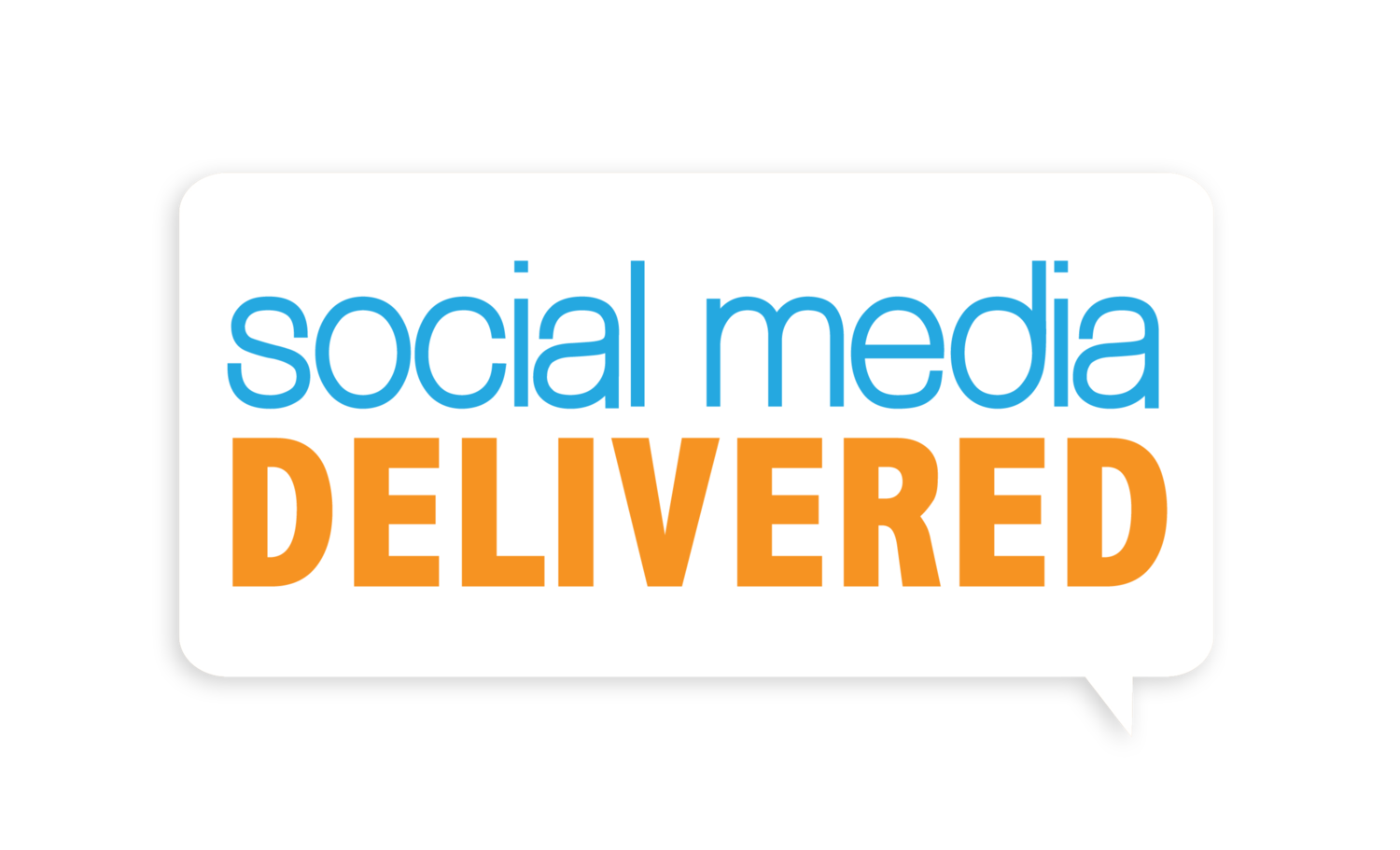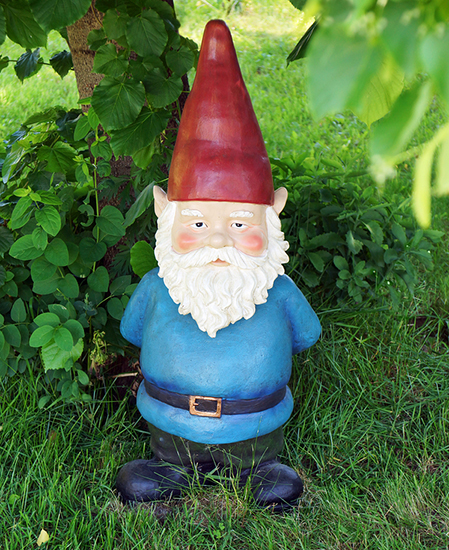Should Your Business Have a Brand Mascot?
As a business owner, you've contemplated adding a mascot to your branding arsenal to increase exposure and further connect with your target audience. But is it a smart move for your organization? While the case for a company mascot is a strong one, it’s not for everyone. Here are a few companies that have benefited from mascots, along with some important considerations for you to ponder before making a decision.
In the mascot game
Geico. The Geico Gecko has been the face of the insurance giant since 2000, but it wasn’t in Geico’s original plans. After a commercial spot aired in 1999 for the sole purpose of communicating the proper pronunciation of the team company’s name, the gecko became a hit and the rest is history. In the first two years following the airing of the initial commercial, in which we first heard, “15 minutes could save you 15 percent or more on car insurance,” Geico witnessed a 16.7 percent increase in subscribers, CBS News reports.
Dish. Dish introduced the world to its corporate mascot in 2012, a kangaroo named Hopper. Hopper is not only a representation of the company, but the name of its whole-home DVR system that enables you to record up to 2,000 hours of programming or watch your favorite shows on the go when used in conjunction with its Joey counterparts. To date, the Hopper continues to be the face of Dish.
Travelocity. If you’ve ever seen a Travelocity commercial, chances are the “Roaming Gnome” mascot was front and center. According to TV Acres, what started as a commercial spot mirroring the common theft of gnomes in Europe resulted in the perfect match for the online travel agency, since the roaming gnome was often spotted across the globe in commercials. The Roaming Gnome even has its own Twitter account.
Is a mascot right for your company?
Here are some factors to consider:
Mascots are immortal. Spokespeople have a limited shelf life, but mascots live on forever.
Increased brand exposure. Once your target market buys in to the idea, mascots become walking billboards at events. Furthermore, miniature replicas serve as a free form of promotion as long as they are in use.
Evergreen. People of all ages and from all walks of life can relate to mascots, especially those animals or imaginary humans with distinct personalities.
An additional advertising outlet. Beyond word of mouth, mascots are one of the most effective forms of advertisement.
However, a mascot could backfire
For starters, you may not receive the reaction you were looking for from customers. And there’s always the risk of overexposure, which could annoy your customers and leave them searching for alternatives. Lastly, it’s difficult to abandon a company mascot once it’s been brought on board, even if you’re seeking a new image for your brand. No matter what concept you introduce, the original mascot will continue to linger in the minds of consumers.
Still a go? Keep these things mind
Adopt a mascot that not only has a memorable name but conveys an easily identifiable benefit, targets a specific audience, embodies the product and paves the way for the creation of a relationship with the consumer. For more tips on choosing a the right mascot, read this Business Insider article, and when you’re ready to bring your mascot to life, this article from Visme is a great resource to help you out!

